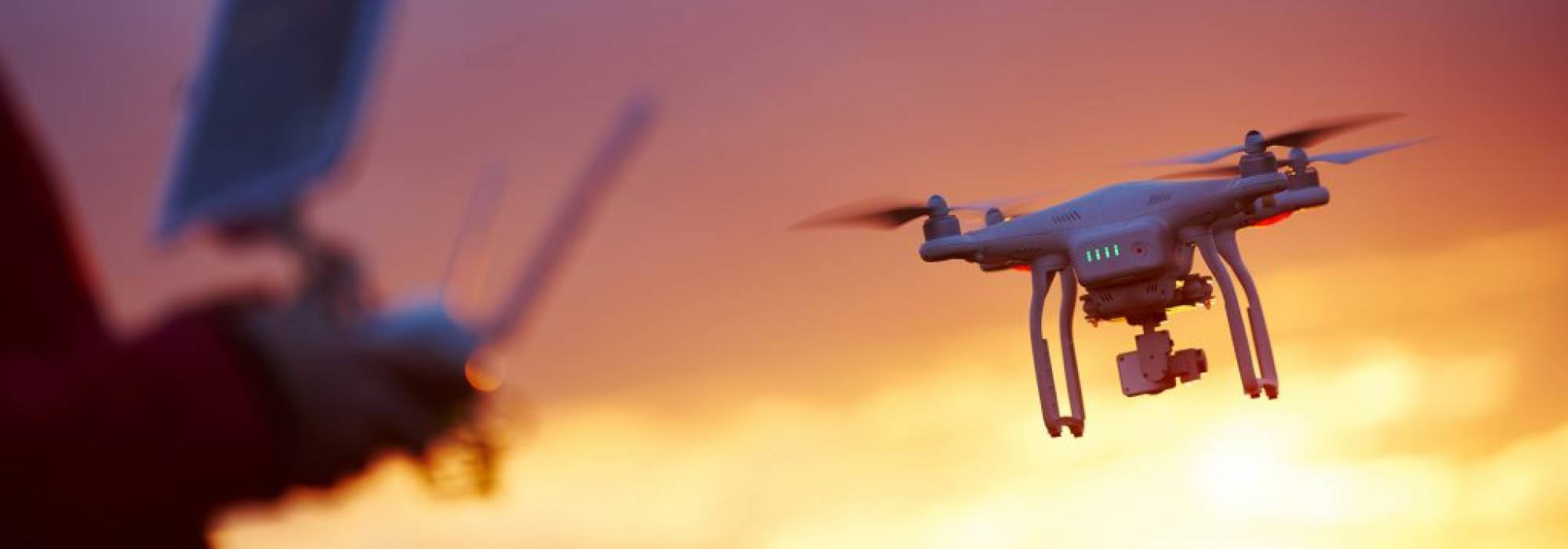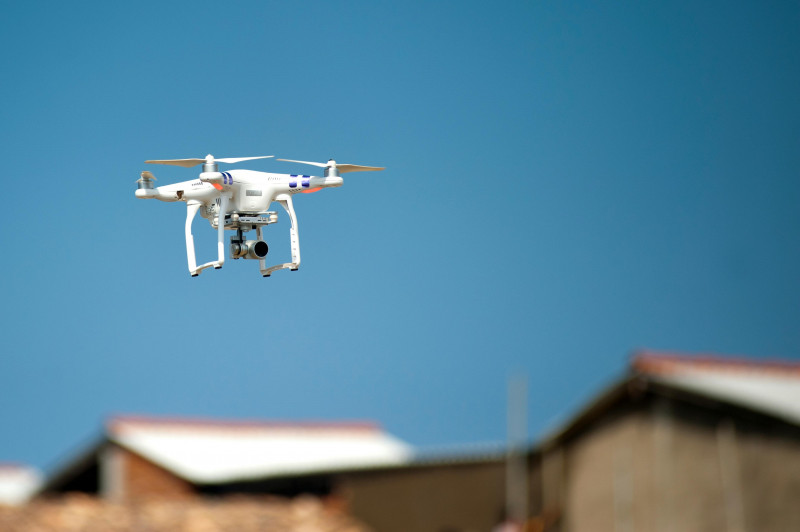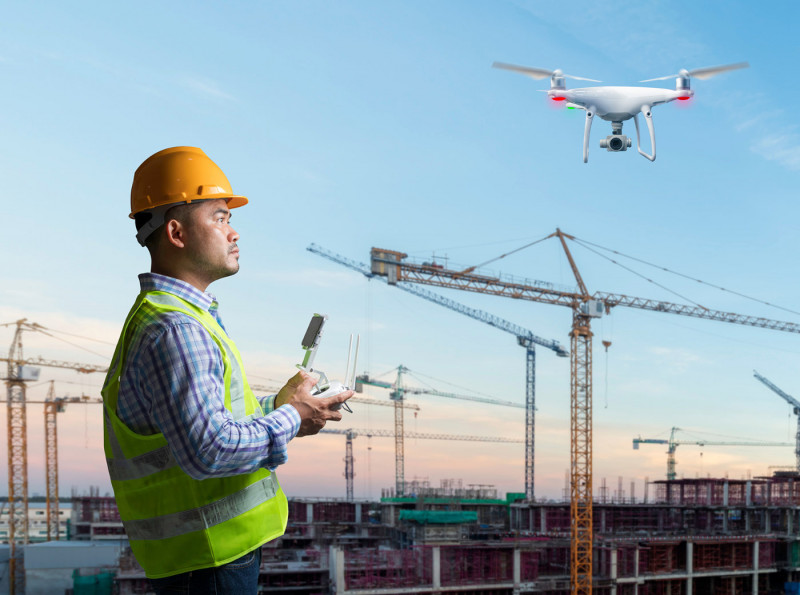Flight Restriction Zone (FRZ)
Diagrams showing the FRZ around Cambridge City Airport can be seen in the map on this page.
The FRZ is active at all times (24 hours 7 days a week) and applies to all small, unmanned aircraft of any mass, even small toys.
Outside ATC hours, permission must be obtained from the aerodrome operator. If permission cannot be obtained the flight may not take place.
When you fly a drone in the UK, it is your responsibility to be aware of and follow the rules that are in place to keep everyone safe and ensure you are flying legally.
When you fly a drone in the UK it is your responsibility to be aware of the rules that are in place to keep everyone safe. Follow these steps to make sure you are flying safely and legally:
- Don’t fly near airports or airfields – within the FRZ without permission from the airport
- Remember to stay below 400ft (120m)
- Observe your drone at all times – stay 150ft (50m) away from people and property
- Never fly near aircraft – it is illegal to endanger an aircraft
- Enjoy responsibly



